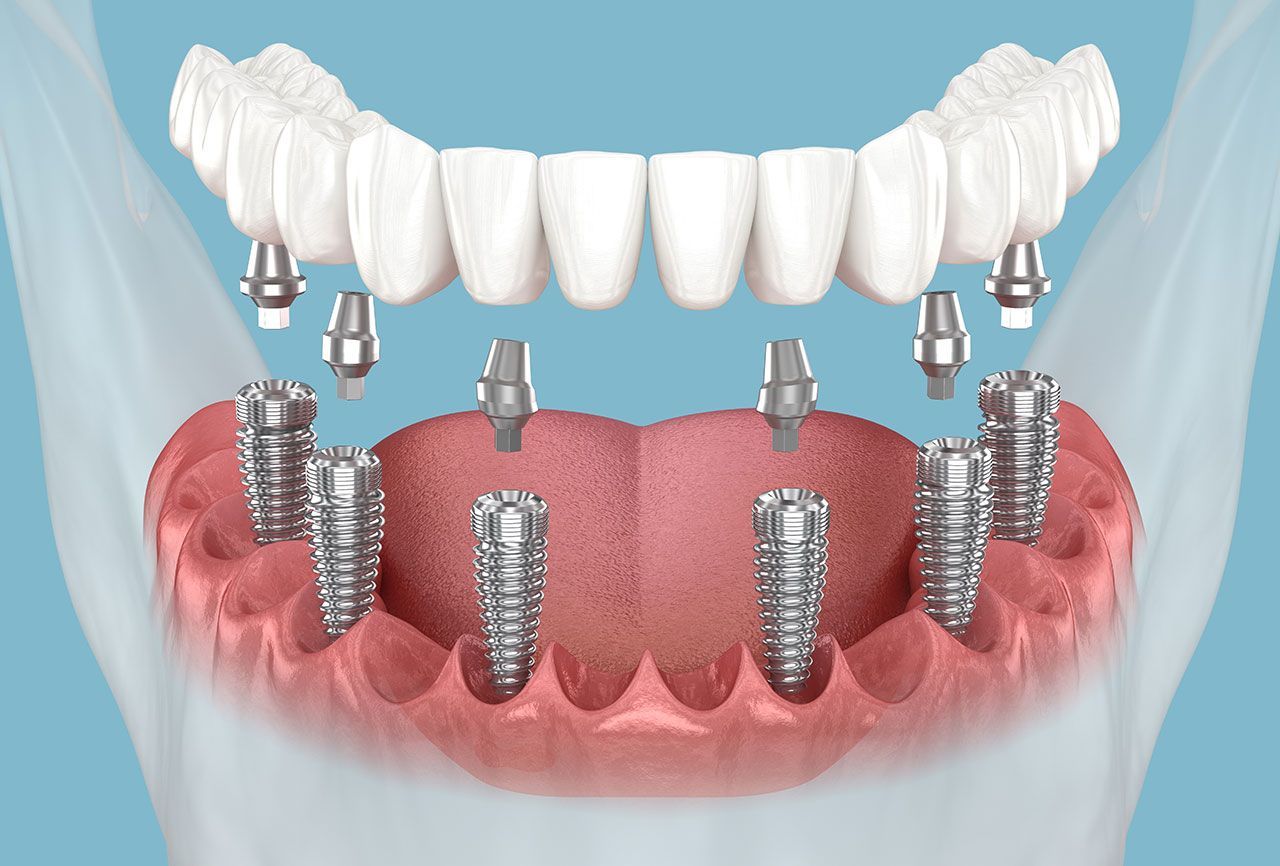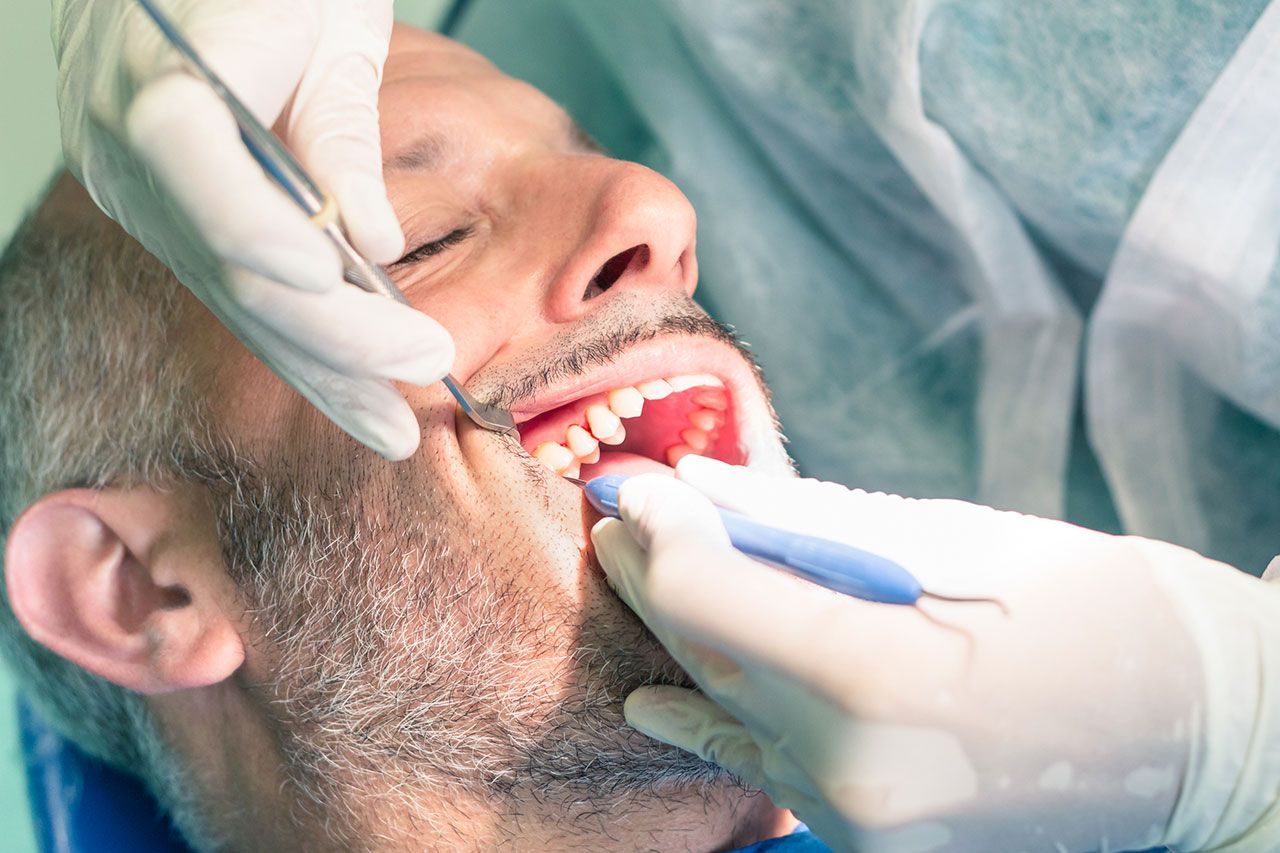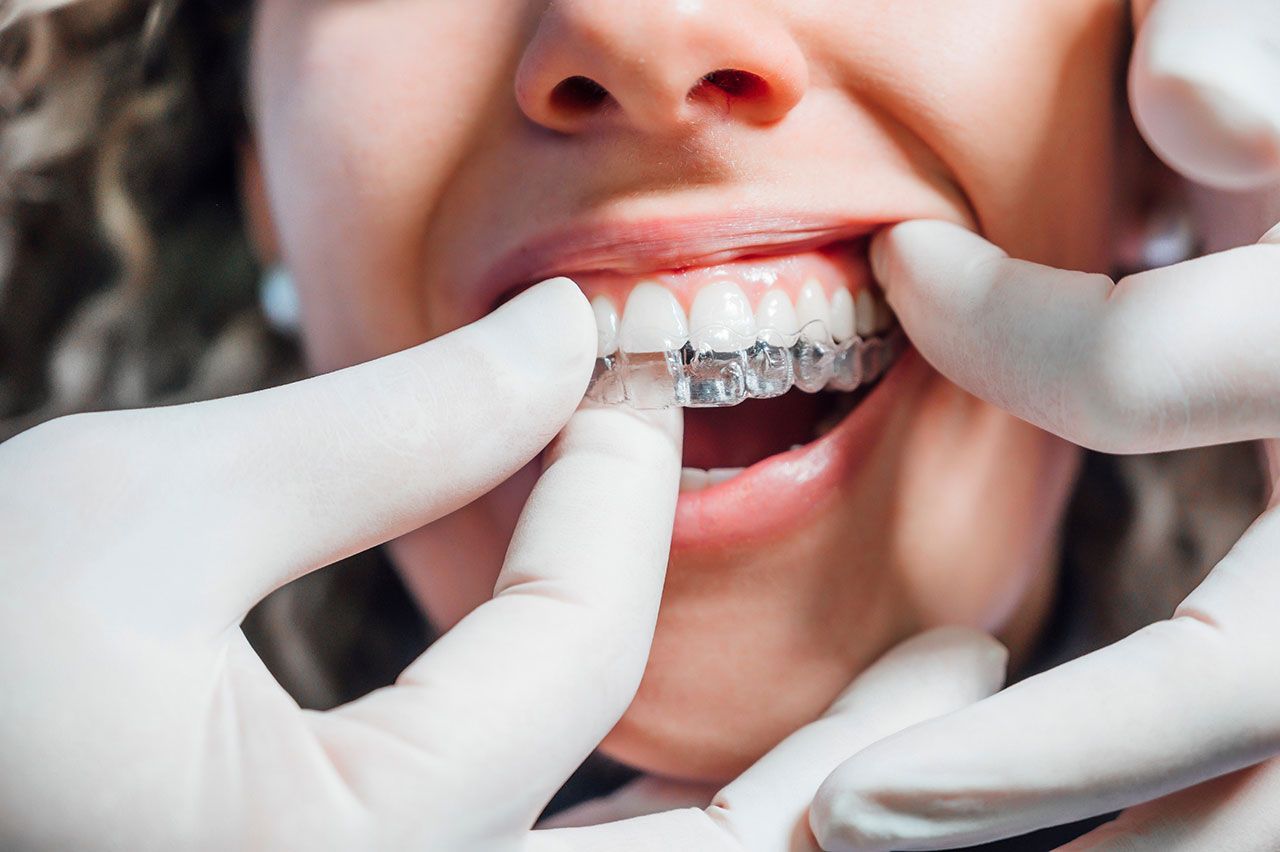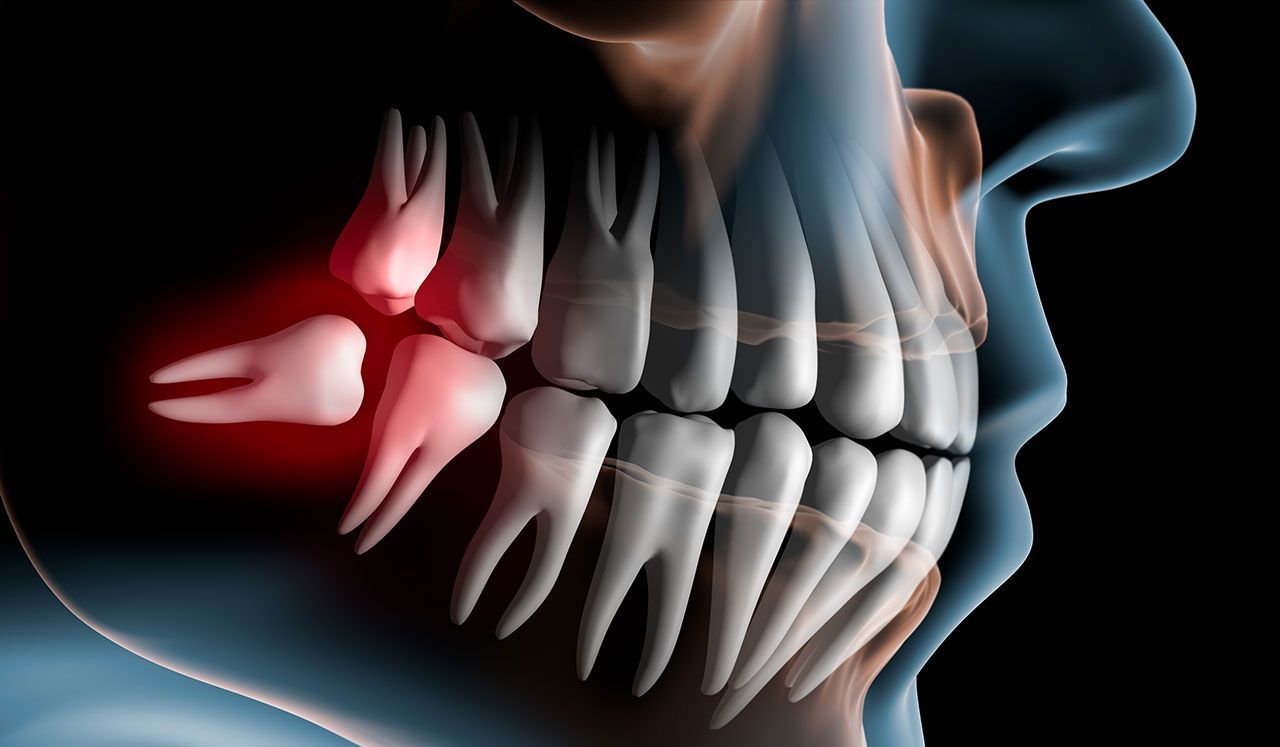How to Brush Your Teeth Properly for the Best Results
Brushing your teeth might seem simple, but doing it the right way can make a huge difference in your oral health. A proper brushing routine keeps your teeth clean, your gums healthy, and your breath fresh. But more importantly, it helps prevent cavities and gum disease, ensuring your smile stays bright for years.
Understanding the Basics of Proper Brushing
Brushing your teeth is a vital part of keeping your mouth healthy. It removes plaque, a sticky film of bacteria that can lead to cavities and gum disease if not cleaned away. Regular brushing keeps your breath fresh and your teeth bright, showing the importance of this daily habit.
To get the most out of your brushing routine, aim to brush twice a day, once in the morning and once at night. Spend at least two minutes brushing each time. This allows you to clean all surfaces of your teeth thoroughly without rushing. Set a timer or use an electric toothbrush with a built-in timer to help keep track.
Selecting the right toothbrush and toothpaste also makes a big difference. A toothbrush with soft bristles is gentle on your gums, while fluoride toothpaste helps strengthen your teeth and protect against decay. Fluoride is a mineral that supports healthy enamel, reducing your risk of cavities.
Step-by-Step Guide to Effective Brushing
Brushing your teeth effectively involves more than just moving a brush around your mouth. Here’s a step-by-step guide to help you get it right:
1. Position Your Brush Correctly: Hold your toothbrush at a 45-degree angle to your gums to effectively clean the area where your teeth meet your gums.
2. Use Gentle Pressure: Apply gentle pressure and use small circular motions. Brushing too hard can damage tooth enamel and hurt your gums.
3. Cover All Surfaces: Focus on each section — the outer surfaces, inner surfaces, and chewing surfaces. Spend about 30 seconds per section.
4. Don't Forget the Back Molars: These teeth are used for chewing and can accumulate food particles, so give them extra attention.
5. Brush Your Tongue: Gently brush your tongue to remove bacteria and freshen your breath.
People with different dental needs should adjust their techniques. For instance, if you have braces, clean around brackets and wires carefully. Those with dental implants should use a soft-bristled brush and non-abrasive toothpaste to protect the implant surface.
Common Brushing Mistakes to Avoid
Many people unknowingly make mistakes when brushing their teeth, which can affect their oral health. One frequent error is brushing too hard. Applying too much pressure can wear down tooth enamel and irritate gums, leading to sensitivity. It's important to use gentle strokes to protect your teeth and gums.
Rushing through brushing is another common mistake. If you're not spending at least two minutes brushing, you're likely missing areas, allowing plaque to build up. Make sure to take your time, using a timer if needed, to ensure you clean every part of your mouth.
Using a toothbrush with hard bristles can also cause damage. Choose a soft-bristled brush which cleans effectively without harming enamel or gums. Additionally, neglecting to change your toothbrush every three to four months means you may be brushing with worn-out bristles, which are less effective at cleaning.
To correct these habits, switch to a soft-bristled toothbrush and pay attention to your brushing time and technique. Be mindful of the pressure you apply, and change your toothbrush regularly.
Enhancing Your Routine with Additional Dental Care
Brushing alone is not enough for optimal oral health. Incorporating additional practices into your routine can significantly boost its effectiveness. Flossing daily removes plaque and food particles from between teeth, areas your toothbrush can’t reach. To maintain fresh breath and attack bacteria, consider using an antimicrobial mouthwash.
Diet plays a crucial role in oral health as well. Eating a balanced diet rich in fruits, vegetables, and dairy products supports strong teeth. Limit sugary snacks and drinks, as they contribute to tooth decay. Drinking plenty of water also helps by washing away food particles and keeping your mouth hydrated.
Routine dental checkups are invaluable. Your dentist can catch issues early, provide cleanings, and give personalized advice on caring for your teeth. These checkups reinforce the good work you do at home and help ensure your smile stays healthy.
Conclusion
Taking care of your teeth is crucial, and mastering the basics of brushing is the foundation of a strong oral hygiene routine. Along with brushing, including flossing, mouthwash, and regular dental visits, you can significantly improve your oral health.
Together, these practices prevent cavities, gum disease, and other issues that could affect your smile. A healthy mouth not only boosts your confidence but also supports your overall health, making every effort worthwhile.
At Wow Dental, we're committed to helping you achieve the best oral care possible. Our experienced team is ready to support you on your journey to maintaining a healthy smile. Schedule your next appointment today to get personalized guidance and ensure your
Detroit dental care routine is on the right track. We look forward to seeing you!










